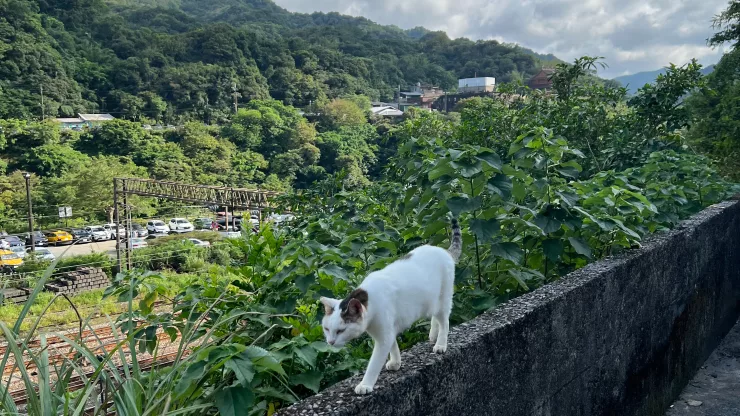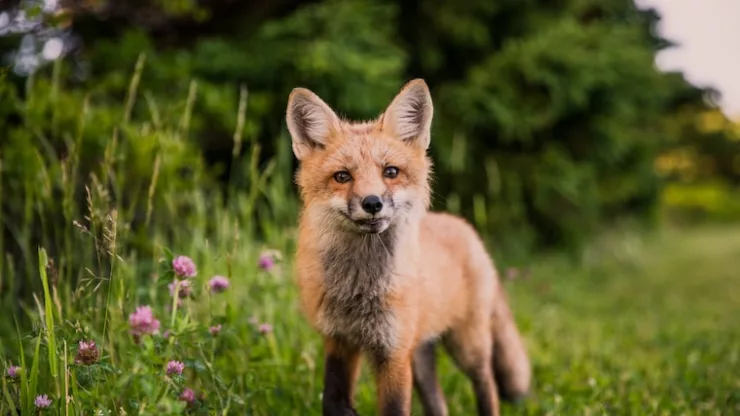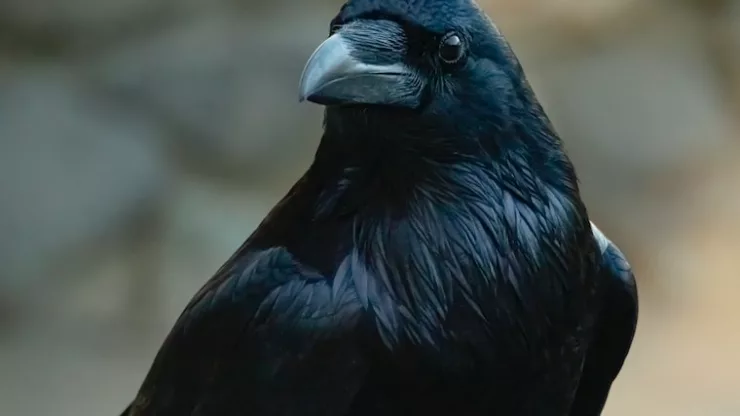As cities continue to expand, it is not just humans who are adapting to the urban environment.
Mammals such as raccoons, coyotes, and foxes are finding ways to thrive in cities around the world.
In this article, we will explore the evolution, benefits, and challenges of urban mammals, as well as case studies and conservation efforts.
Jump to Section
Introduction
Urbanization has led to significant changes in the natural habitat of many species, including mammals.
However, some mammals have managed to adapt to urban environments and even thrive in them.
These urban mammals have become a common sight in many cities worldwide.
They have adapted to living in close proximity to humans and have found unique ways to survive and even benefit from this relationship.
Why Urban Mammals are Thriving in Cities Around the World
Urban environments offer a range of benefits for mammals. These include:
- Food availability: Urban environments provide a diverse range of food sources for mammals, including garbage, gardens, and pet food.
- Fewer predators: Urban areas often have fewer predators than rural areas, allowing mammals to thrive and reproduce.
- Shelter: Buildings, parks, and other structures in cities provide shelter for mammals.
- Reduced competition: Urban areas often have fewer competitors for resources compared to rural areas.
The Evolution of Urban Mammals
How Certain Mammals Adapted to Urban Environments
Some mammals have adapted to urban environments by changing their behavior and diet.
For example, raccoons have become more nocturnal to avoid humans, while coyotes have learned to cross busy roads and navigate urban landscapes.
Unique Characteristics of Urban Mammals
Urban mammals have unique characteristics that allow them to thrive in the city.
For example, raccoons have flexible diets, can climb trees and buildings with ease, and have adapted to live in small spaces such as attics and chimneys.
Coyotes have a higher tolerance for human presence than other wild canids and have learned to avoid humans while still taking advantage of urban resources.
The Benefits and Challenges of Urban Mammals
Ecosystem Services Provided by Urban Mammals
Urban mammals provide a range of ecosystem services, including:
- Controlling pest populations: Urban mammals such as raccoons and opossums help control pest populations by eating insects and rodents.
- Pollination: Bats and other urban mammals help pollinate plants in the city.
- Nutrient cycling: Urban mammals help recycle nutrients by consuming organic matter.
Human-Wildlife Conflict and Mitigation Strategies
Despite the benefits, urban mammals can also cause conflicts with humans. They may damage property, spread disease, or become a nuisance.
Mitigation strategies include:
- Educating the public about coexisting with urban wildlife.
- Removing food sources, such as garbage, that attract urban mammals.
- Building wildlife crossings and green spaces to allow mammals to move through the city safely.
Case Studies of Urban Mammals Around the World
Coyotes in Chicago: A Success Story
Coyotes have become a common sight in Chicago, but they were once extinct in the area.
They began to reappear in the 1990s and have since thrived in the city.
The Chicago Coyote Project has been studying the animals and educating the public about coexisting with them.
Raccoons in Toronto: Nuisance or Necessity?
Raccoons are a common sight in Toronto and have adapted to living in the city by raiding garbage cans and living in attics.
While they can be a nuisance to homeowners, they also provide important ecosystem services by controlling pests.
Foxes in London: A Polarizing Presence
Foxes have become a polarizing presence in London, with some residents loving them and others considering them a nuisance.
They have adapted to living in the city by scavenging for food and even living in underground tunnels.
The Future of Urban Mammals
How Urbanization is Impacting Mammals
Urbanization is having a significant impact on mammal populations around the world. While some mammals are adapting to urban environments, others are struggling to survive.
Habitat loss, pollution, and disease are all threats to urban mammals.
Conservation Efforts for Urban Mammals
Conservation efforts for urban mammals include protecting green spaces, building wildlife crossings, and educating the public about coexisting with urban wildlife.
These efforts can help ensure that urban mammals continue to thrive in the city.
Opportunities for Coexistence
There are opportunities for humans and urban mammals to coexist in the city.
By providing green spaces, reducing pollution, and removing food sources, humans can create a more hospitable environment for urban mammals.
Conclusion
The Importance of Understanding and Protecting Urban Mammals
Urban mammals are a fascinating and important part of the urban ecosystem.
By understanding their behavior and needs, we can create a more sustainable and livable city for both humans and wildlife.
FAQ
What are some common urban mammals?
Common urban mammals include raccoons, coyotes, foxes, opossums, and rats.
What are the benefits of urban mammals?
Urban mammals provide important ecosystem services, such as controlling pest populations and pollinating plants.
What are the challenges of urban mammals?
Urban mammals can cause conflicts with humans by damaging property or spreading disease. Mitigation strategies include education and removing food sources.
How can humans coexist with urban mammals?
Humans can create a more hospitable environment for urban mammals by providing green spaces, reducing pollution, and removing food sources.
I’m a nature enthusiast and creator of Metro Wilds and have spent years exploring the great outdoors.
With a passion for environmental conservation and sustainability, I have dedicated my career to writing about the beauty and wonders of nature, as well as the threats facing our planet.
Contact me at [email protected] for assistance.





